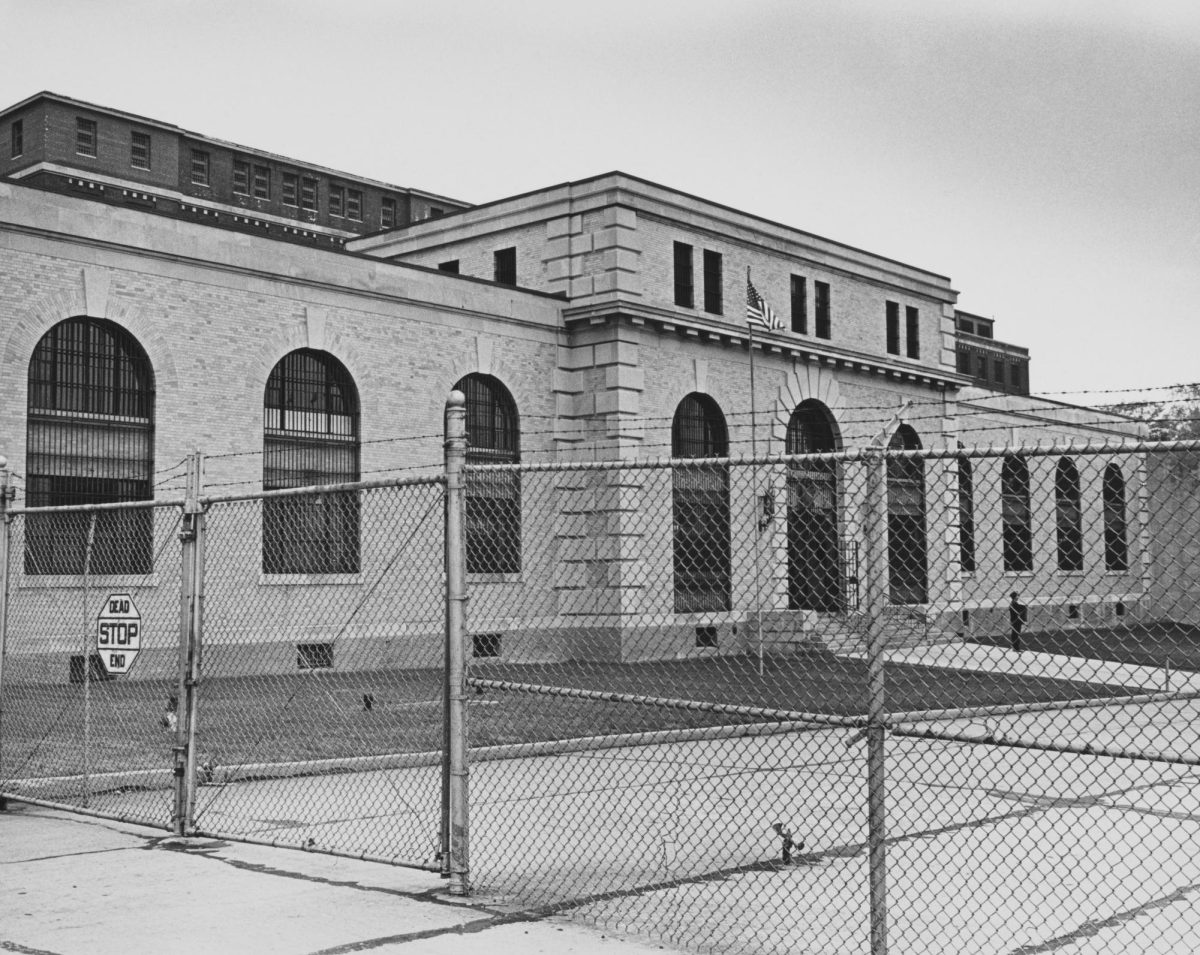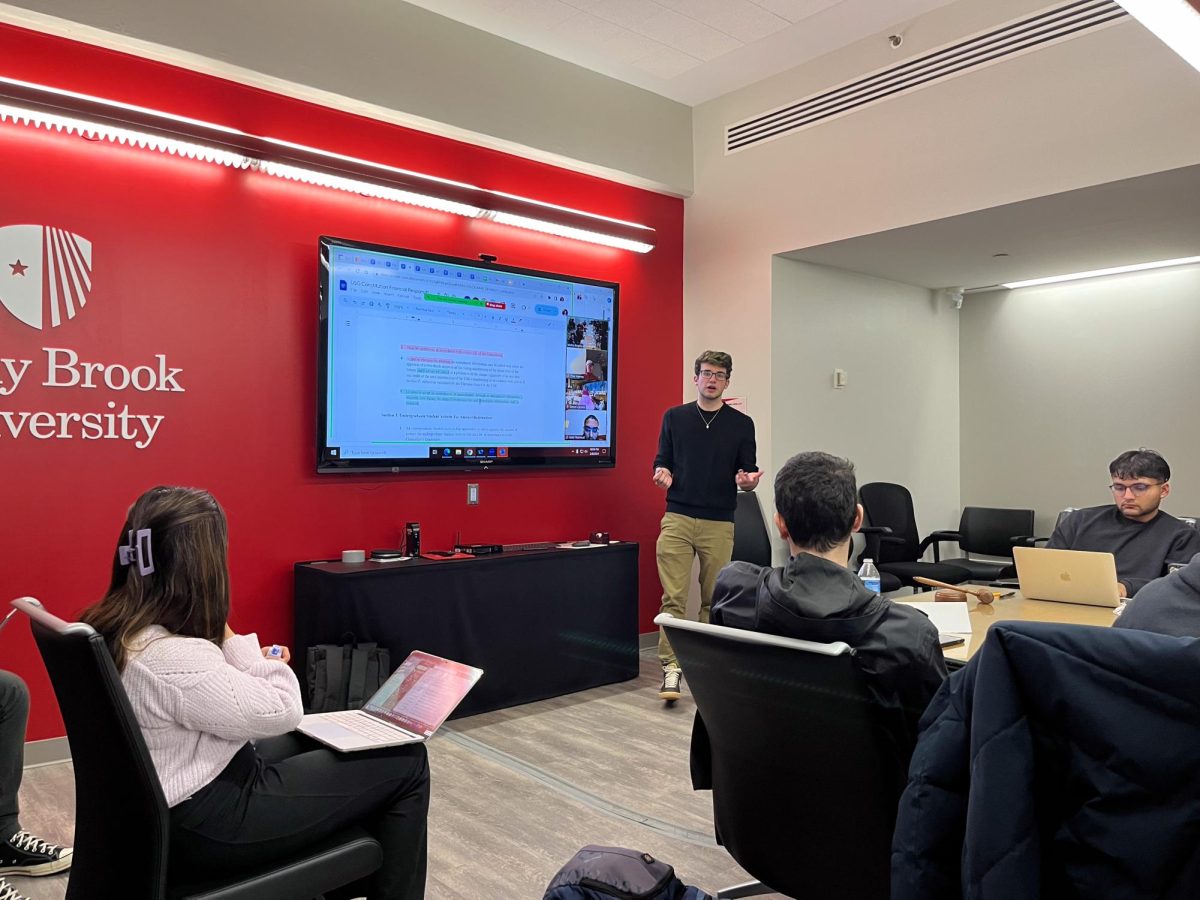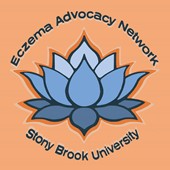Every month, the Bureau of Labor Statistics puts out a jobs report describing the current job climate. Christine Powell will analyze and contextualize the report each month for Stony Brook University college students.
College students dwell in between adolescence and adulthood. The dorm room is somewhere between a childhood bedroom adorned with Barbie wallpaper and stuffed animals, and a first home purchased with loans, excitement and fear. Income tends to come both independently and dependently, scraped together from varied combinations of part-time jobs and parents.
The transition from one end of the spectrum to the other is slow, steady and unavoidable. It is not, however, a transition that should be made uninformed. In such a volatile economic time, students would do well to understand the job market they will face upon graduation in order to make themselves more marketable.
The July jobs report showed a slight increase in the unemployment rate as it ticked up to 8.3 percent from 8.2 in the June report. The report also stated that 163,000 payroll jobs were added.
So far this year, employment growth has averaged 151,000 payroll jobs per month, compared to 153,000 monthly in 2011.
But numbers mean nothing when they’re not put into context. Often, added payroll jobs have to be adjusted for accuracy, and miss, on average, by 68,000 in one direction or the other.
And if 151,000 jobs are being added each month, that is roughly at the break-even level needed to keep up with natural population increases in the United States.
The numbers, then, are relatively stable.
“You really can’t tell a trend from one month’s data,” Michael Zweig, a professor of economics and director of the Center for the Study of Working Class Life at Stony Brook University, said.
Long-term trends show that improvement is slow but evident. There are 1.943 million more people with payroll jobs compared to a year ago.
“The gross domestic product is the single measure that best reflects the overall economic activity of the country,” Zweig said. “When it’s going up there’s recovery. And it is going up, so by definition this is a recovery.”
It’s not all doom and gloom for young people. The creation of jobs will likely remain unimpressive over the next few years, but the unemployment rate for certain groups, including the young, has come down considerably in the past year.
“The unemployment rate for young people with bachelor’s degrees is still lower than for others who are young,” Zweig said. “It still is an advantage to have a bachelor’s degree. Students shouldn’t be dropping out because there are no jobs. That’s not true. It’s just true that it’s difficult.”
According to a new study from Georgetown University’s Center on Education, the unemployment rate for recent four year college graduates is 6.8 percent, compared to an unemployment rate of nearly 24 percent for those who only graduate from high school.
And, as Career Center Director Marianna Savoca says, “while students can’t control the economy, they can control the extent to which they prepare themselves for opportunities.”
The Career Center at SBU offers numerous services to aid all students of all majors, like ZebraNet, a company database that allows them to post their resumes and get connected.
Additionally, the center boasts resume counseling, an online resource library, practice interview sessions and alumni events.
“Students can come in,” Savoca said. “Come in and say ‘somebody told me to come by, I don’t know what you do but I’d like to know more.’ We have a team of people to serve those students and undergraduate peer advisors to help, too.”
Savoca warned that students should be proactive in preparing themselves for entering the job market.
“A senior who is graduating tomorrow and has done nothing is going to have a harder time in the job market than a person who has been volunteering, interning throughout their time here,” she said. “You just have to be open to exploring, and willing to allocate some time, too.”













